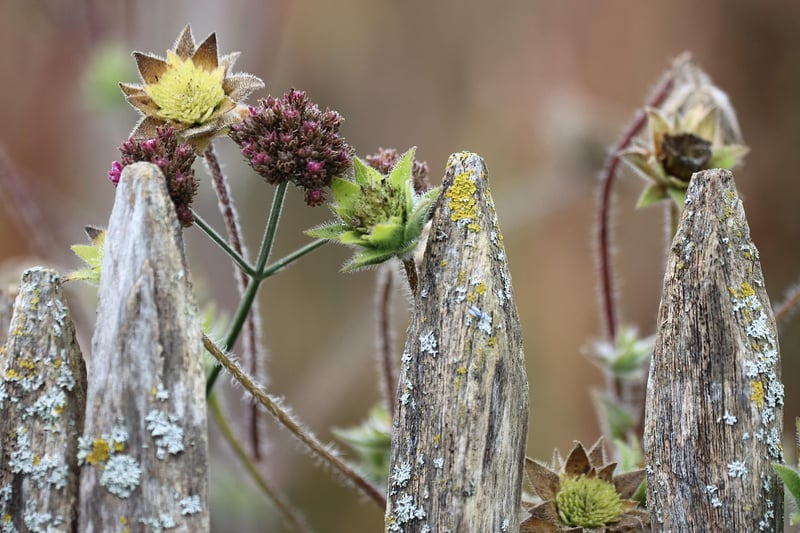Pruning guidance
Keeping Your Vertical Garden Thriving: Maintenance Tips and Pruning Guidance
Vertical gardens are a beautiful way to bring nature indoors, but they require proper care to stay healthy and vibrant. With the right maintenance routine and pruning techniques, you can ensure that your vertical garden continues to flourish. Here are some essential tips to help you keep your vertical garden in top shape:
Maintenance Tips:
- Watering: Make sure to water your vertical garden regularly, as plants in vertical arrangements can dry out more quickly than traditional gardens. Check the moisture levels frequently and adjust your watering schedule as needed.
- Light: Place your vertical garden in a location where it can receive adequate sunlight. Most plants require at least six hours of sunlight per day to thrive, so be mindful of the light conditions in your space.
- Fertilizing: Feed your vertical garden with a balanced fertilizer to ensure that the plants have all the nutrients they need to grow. Follow the instructions on the fertilizer packaging for best results.
- Weed Control: Keep an eye out for weeds in your vertical garden and remove them promptly to prevent them from competing with your plants for resources.
- Pest Management: Inspect your vertical garden regularly for signs of pests and take appropriate measures to control infestations. Consider using natural pest control methods to protect your plants.
Pruning Guidance:
Pruning is an essential part of vertical garden maintenance, as it helps promote healthy growth and keeps your plants looking their best. Here are some tips for pruning your vertical garden:
- Regular Pruning: Trim back overgrown or dead foliage regularly to encourage new growth and prevent disease spread.
- Shape Control: Prune your plants to maintain the desired shape and size of your vertical garden. This will help prevent overcrowding and ensure that each plant has enough space to thrive.
- Deadheading: Remove spent flowers and blooms to redirect the plant's energy towards producing new growth. Deadheading also helps improve the overall appearance of your vertical garden.
- Disease Prevention: Prune diseased or damaged parts of the plant to prevent the spread of infections. Dispose of the pruned material carefully to avoid contaminating other plants.
By following these maintenance tips and pruning guidance, you can enjoy a vibrant and healthy vertical garden that adds beauty and freshness to your living space. With proper care and attention, your vertical garden will continue to thrive for years to come.

Remember, each plant may have specific care requirements, so it's essential to research the individual needs of the plants in your vertical garden. Happy gardening!
